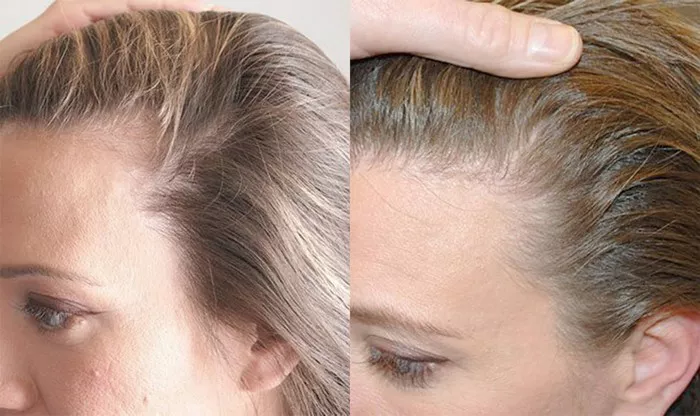Hair loss is a pervasive concern that affects millions of individuals worldwide, transcending age, gender, and ethnicity. While various factors contribute to hair loss, ranging from genetics to hormonal changes, the impact on one’s self-esteem can be profound. In the quest for regaining a full head of hair, many turn to hair implants, a sophisticated and effective solution that blends art and science seamlessly.
Understanding the Basics: What Are Hair Implants?
Hair implants, also known as hair transplants, are surgical procedures designed to address hair loss by relocating hair follicles from one part of the body, often the back or sides of the scalp, to areas with thinning or no hair. The procedure involves extracting individual hair follicles or grafts and strategically implanting them into the targeted areas, mimicking the natural growth pattern of hair.
The Art of Hairline Design: Aesthetic Precision
One of the critical aspects of a successful hair implant procedure lies in the artful design of the hairline. Skilled surgeons meticulously plan and execute the placement of grafts to create a natural-looking hairline that complements the patient’s facial features. The angle, density, and direction of the implanted hair follicles play a pivotal role in achieving a seamless and undetectable result.
The Science Behind Follicular Unit Transplantation (FUT) and Follicular Unit Extraction (FUE)
Two primary techniques dominate the field of hair transplantation: Follicular Unit Transplantation (FUT) and Follicular Unit Extraction (FUE).
1. Follicular Unit Transplantation (FUT): This traditional method involves the removal of a strip of scalp from the donor area, typically the back of the head. The surgeon then dissects the strip into individual follicular units, each containing one to four hairs, before implanting them into the recipient site. FUT often leaves a linear scar, but advancements in surgical techniques have minimized its visibility.
2. Follicular Unit Extraction (FUE): FUE is a more contemporary approach that involves the extraction of individual follicular units directly from the donor area using a small, specialized punch tool. This method eliminates the need for a linear incision, resulting in minimal scarring. FUE is often preferred for its shorter recovery time and reduced postoperative discomfort.
The Importance of Graft Survival: Art Meets Biology
Successful hair implants go beyond the surgical procedure itself; graft survival is a crucial factor. Once implanted, the grafts rely on a robust blood supply to flourish in their new environment. Surgeons must carefully consider factors such as graft hydration, temperature, and nutrient supply during the transplantation process to optimize the chances of successful integration.
Postoperative Care: Nurturing New Growth
Following a hair implant procedure, diligent postoperative care is essential for ensuring optimal results. Patients are typically advised to avoid strenuous activities, sun exposure, and certain haircare products in the initial weeks. Additionally, prescribed medications may be provided to facilitate healing and promote hair growth.
Realistic Expectations: Patience is Key
While hair implants offer a transformative solution to hair loss, it’s crucial for individuals to have realistic expectations. Hair growth is a gradual process, and visible results may take several months. Patients should be prepared for the initial shedding of transplanted hair, known as shock loss, before experiencing the regrowth of new, permanent hair.
The Role of Technology: Advancements in Hair Implantation
As technology continues to advance, so does the field of hair transplantation. Robotic-assisted procedures, advanced imaging techniques, and precise implantation tools have enhanced the precision and efficiency of hair implantation. These innovations not only contribute to better outcomes but also offer a more comfortable experience for patients.
See Also: The Post-Hair Transplant: The Ideal Time to Enjoy Coffee
Conclusion: A Lasting Solution to Hair Loss
Hair implants represent a fusion of artistry and scientific innovation, providing a lasting solution to the age-old problem of hair loss. As the field continues to evolve, individuals seeking to regain their confidence through a fuller head of hair can find solace in the skilled hands of surgeons who masterfully blend the art and science of hair transplantation. With careful consideration of techniques, postoperative care, and technological advancements, the journey to reclaiming a natural, vibrant mane becomes an exciting and achievable reality.


